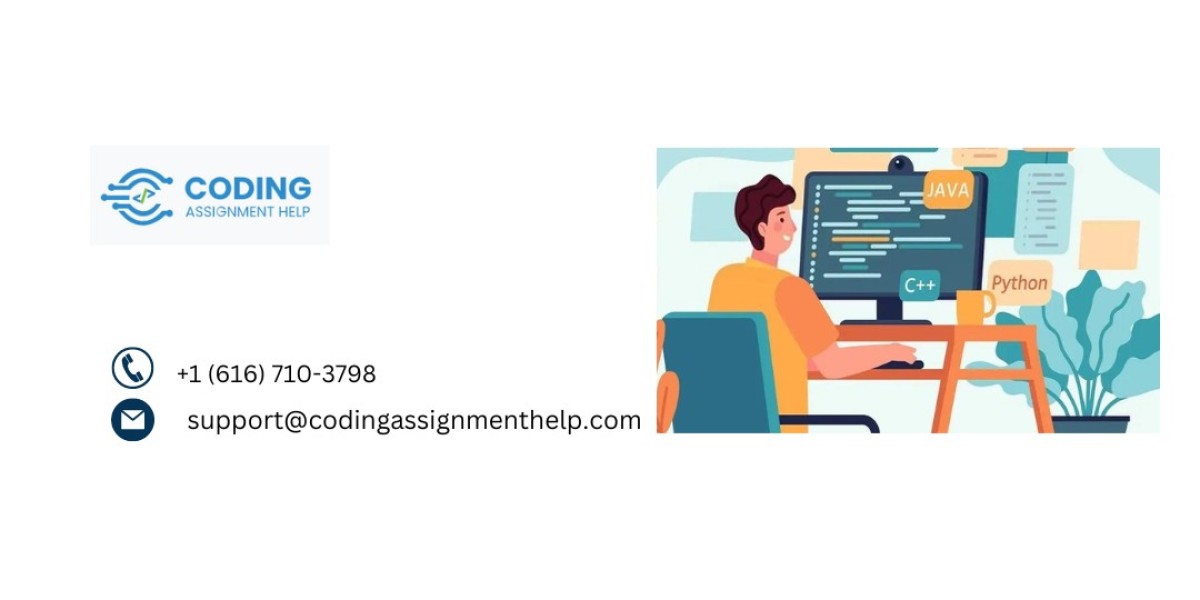Navigating through C programming assignments can be challenging for many university students. Whether you're struggling with understanding pointers or wondering, "How can I write my C assignment effectively?", you're not alone. In this post, we will cover four theoretical C programming questions that are often encountered in academic settings, providing detailed answers to help you better understand the concepts and ace your assignments.
1. What is a Pointer in C, and How Does It Work?
Answer: A pointer in C is a variable that stores the memory address of another variable. Instead of holding a data value directly, a pointer holds the address where the value is stored in memory. This allows for efficient manipulation of data and enables dynamic memory allocation.
Pointers are declared with the * operator, indicating that the variable is intended to hold a memory address. To assign an address to a pointer, you use the address-of operator &, which provides the memory location of a variable. Accessing the value stored at the pointer's address is done using the dereference operator *.
Understanding pointers is crucial for tasks such as dynamic memory management, function arguments, and data structure manipulation.
2. Explain the Concept of Dynamic Memory Allocation in C.
Answer: Dynamic memory allocation in C allows you to allocate and deallocate memory at runtime, which is useful when the amount of data is not known at compile time. This flexibility is achieved through functions provided by the C standard library.
The process involves requesting a block of memory from the system, which can then be used for storing data. This allocated memory can be resized or freed as needed. Effective use of dynamic memory is essential for managing memory resources efficiently and preventing issues such as memory leaks.
3. What Are Structures in C, and How Are They Used?
Answer: A structure in C is a user-defined data type that groups together variables of different types under a single name. This allows you to model complex data and manage related data more effectively.
Structures are particularly useful when dealing with data that is logically related but consists of different types, such as combining integers, floating-point numbers, and characters into a single entity. This organization helps in managing and manipulating complex data efficiently, especially in applications like databases and systems programming.
4. What is the Role of Function Pointers in C Programming?
Answer: Function pointers in C are pointers that point to functions rather than variables. They allow functions to be passed as arguments, stored in arrays, or assigned to variables, enabling more flexible and dynamic program designs.
Function pointers are particularly useful in implementing callback functions, where a function can be called indirectly through a pointer. This technique is commonly used in event-driven programming, sorting algorithms, and various other scenarios where dynamic behavior is needed.
Conclusion
Understanding these fundamental C programming concepts—pointers, dynamic memory allocation, structures, and function pointers—can significantly enhance your ability to tackle complex coding assignments. Whether you’re wondering, "How can I write my C assignment effectively?" or simply seeking to deepen your knowledge, mastering these topics will improve your programming skills and academic performance. Remember, grasping these concepts not only helps with assignments but also lays a strong foundation for advanced programming tasks.



